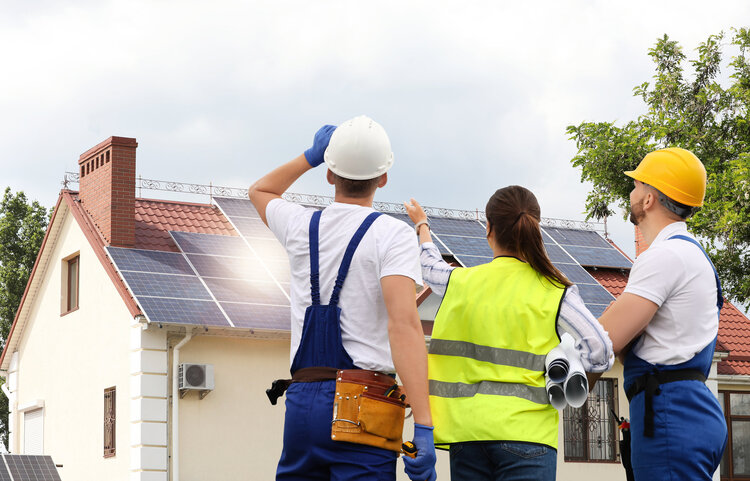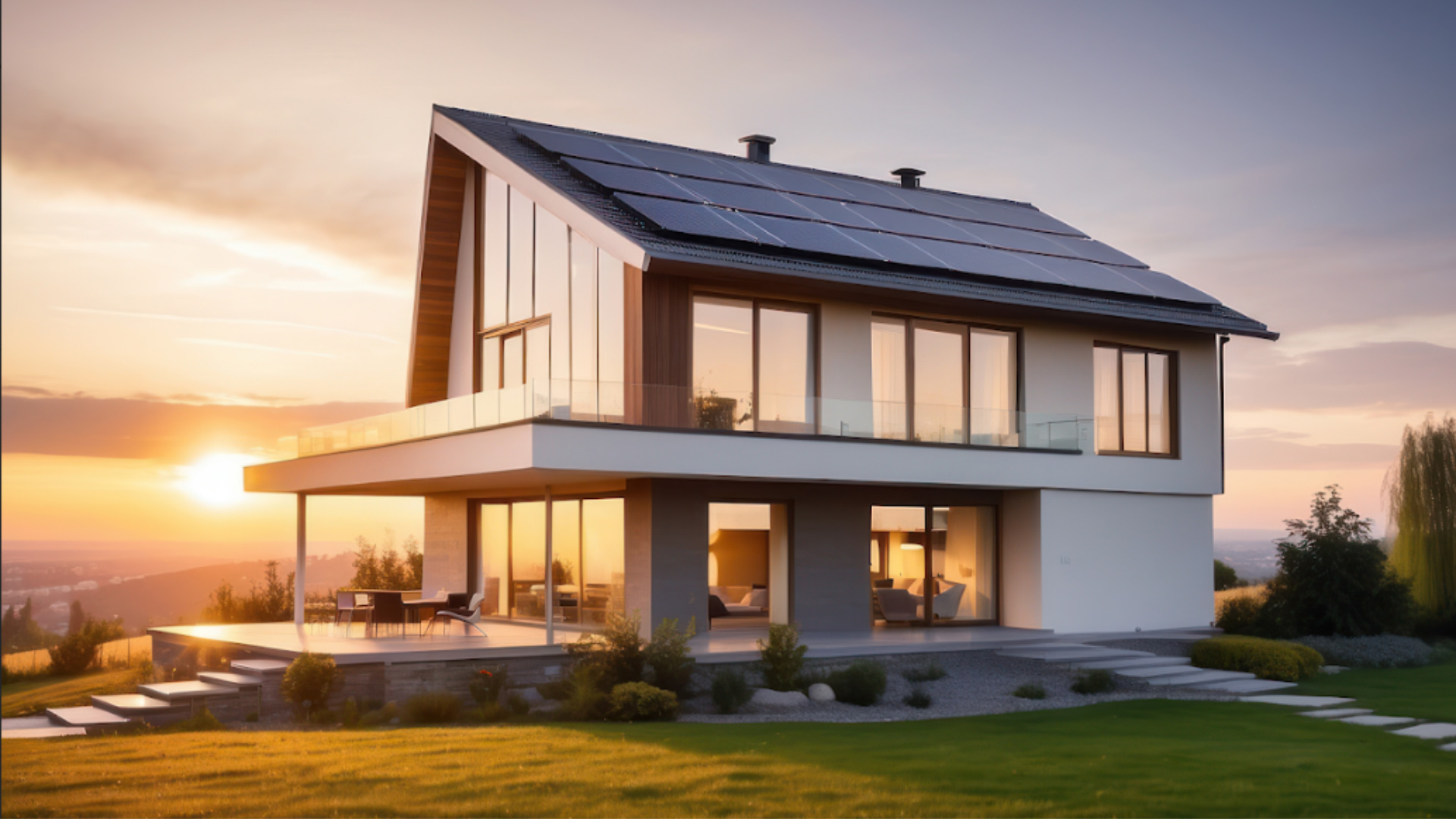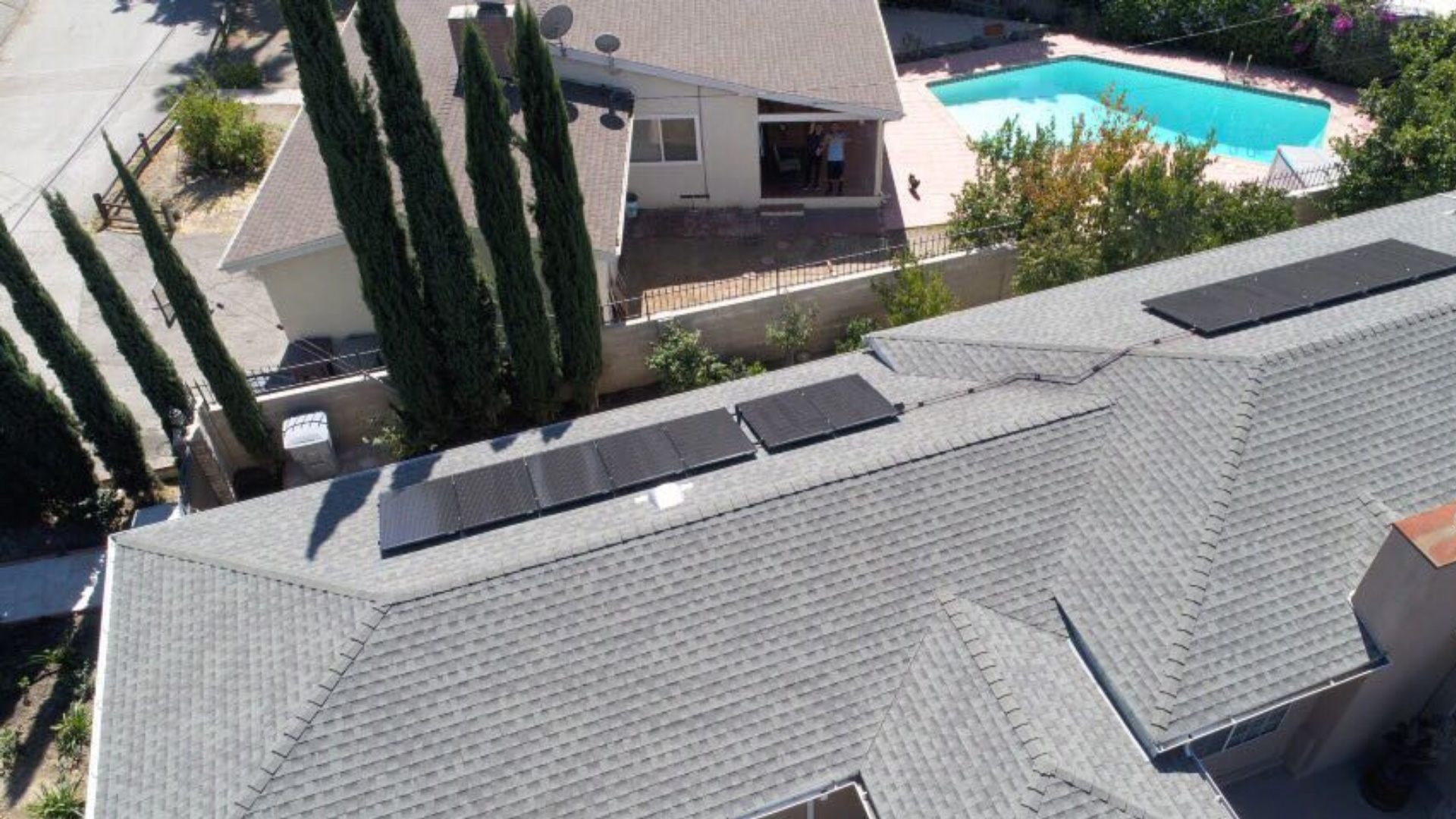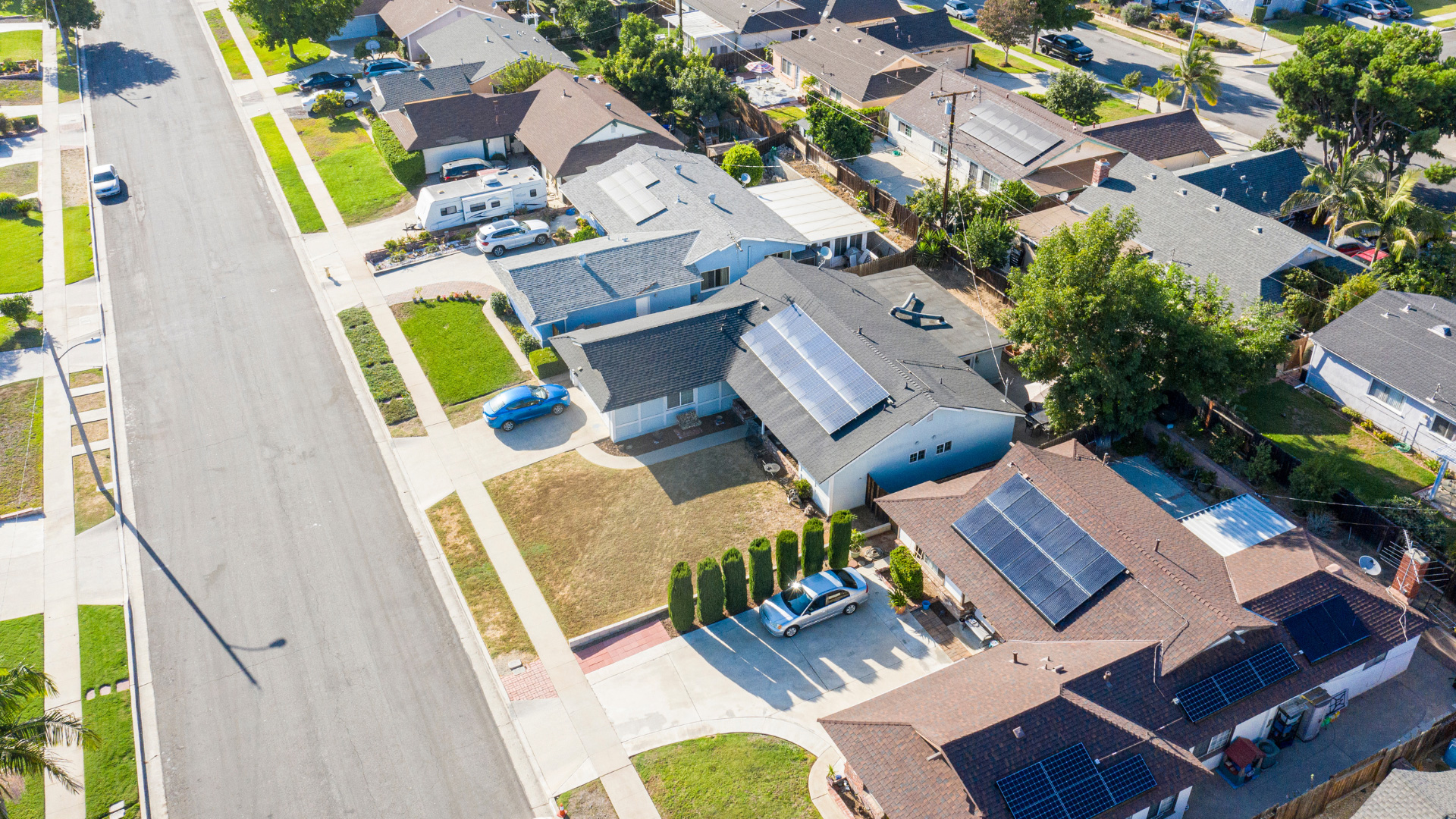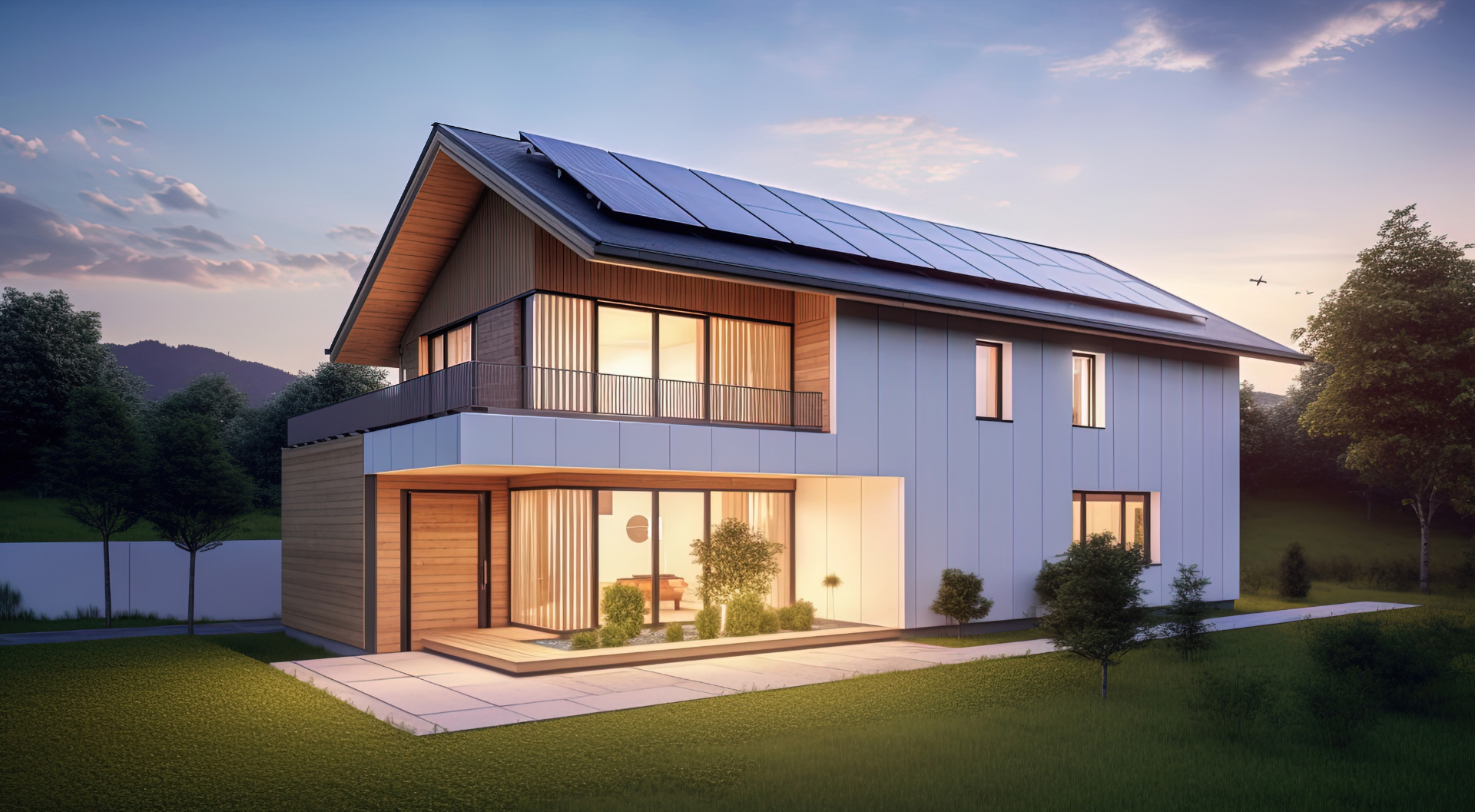One of the most important factors for buying solar panels is making sure to choose the best inverters. Inverters are the devices that convert the power your solar panels produce (called DC) into the electricity you can use in your home (called AC) – and the type of inverter you install has a significant impact on your performance residential solar panels.
There are two main types of inverters for solar panels for homes: microinverters and string inverters. String inverters have previously been a more common choice for solar panel companies than microinverters simply because their price is often lower. However, microinverters have several benefits that make up for a higher price point – and today, they are more affordable than ever.
What Are the Differences Between the Two Inverters?
String inverters work by linking your solar panels – or groups of solar panels, depending on the size of your system – together with “strings.” These strings are then connected to a single, centralized inverter. Unlike solar homes that use string inverters, those with microinverters will have an inverter attached to every panel. This not only means that you can monitor every single panel as they each perform independently from the rest, but it also means that one panel will not be affected by the potential failure of other panels.
“Enphase Microinverters have a lot of benefits that traditional string inverters don’t,” said Arno Agahamalian, CEO at Solar Optimum. “One of the major benefits is the fact that microinverters ensure that your system constantly performs optimally, whereas, with string inverters, your system is only as efficient as its weakest link.” He continues: “It is somewhat similar to Christmas lights: String inverters work the same way as the old type of Christmas lights where if one bulb goes out – they all go out. With microinverters, if one inverter goes out, you simply replace it.”
Enphase Microinverters: Flexibility, Productivity, and Better Warranty
Comparing the two types of inverters, microinverters are by far the best choice if you want to make an innovative solar panel investment. Due to the panels’ independence from each other, microinverters can make any solar system perform at its best – even on roofs that have partial shading. As a result of the microinverter technology, Enphase microinverters are also safer because energy conversion happens at the solar panel level. This allows for the energy on your roof to stay at low voltage (never more than 60 volts), reducing the risk of electrical fires.
Due to all the benefits of Enphase microinverters, they also have a much better warranty than string inverters.
Conclusion
While both types of inverters will do the job of converting DC into AC, the clear benefits of flexibility, productivity, safety, and warranty offered by Enphase microinverters make them the better choice for any type of residential solar system.
At Solar Optimum, we prefer microinverters over string inverters for all of the reasons stated above. As an Enphase Platinum Installer and a premier solar contractor in California, Enphase inverters come with a solid 25-year warranty AND are backed by Panasonic Solar’s AllGuard Warranty – giving our customers the Energy Peace of Mind that they deserve.


